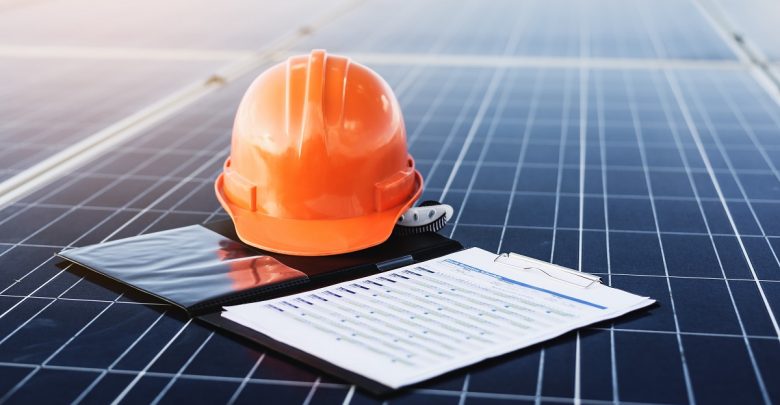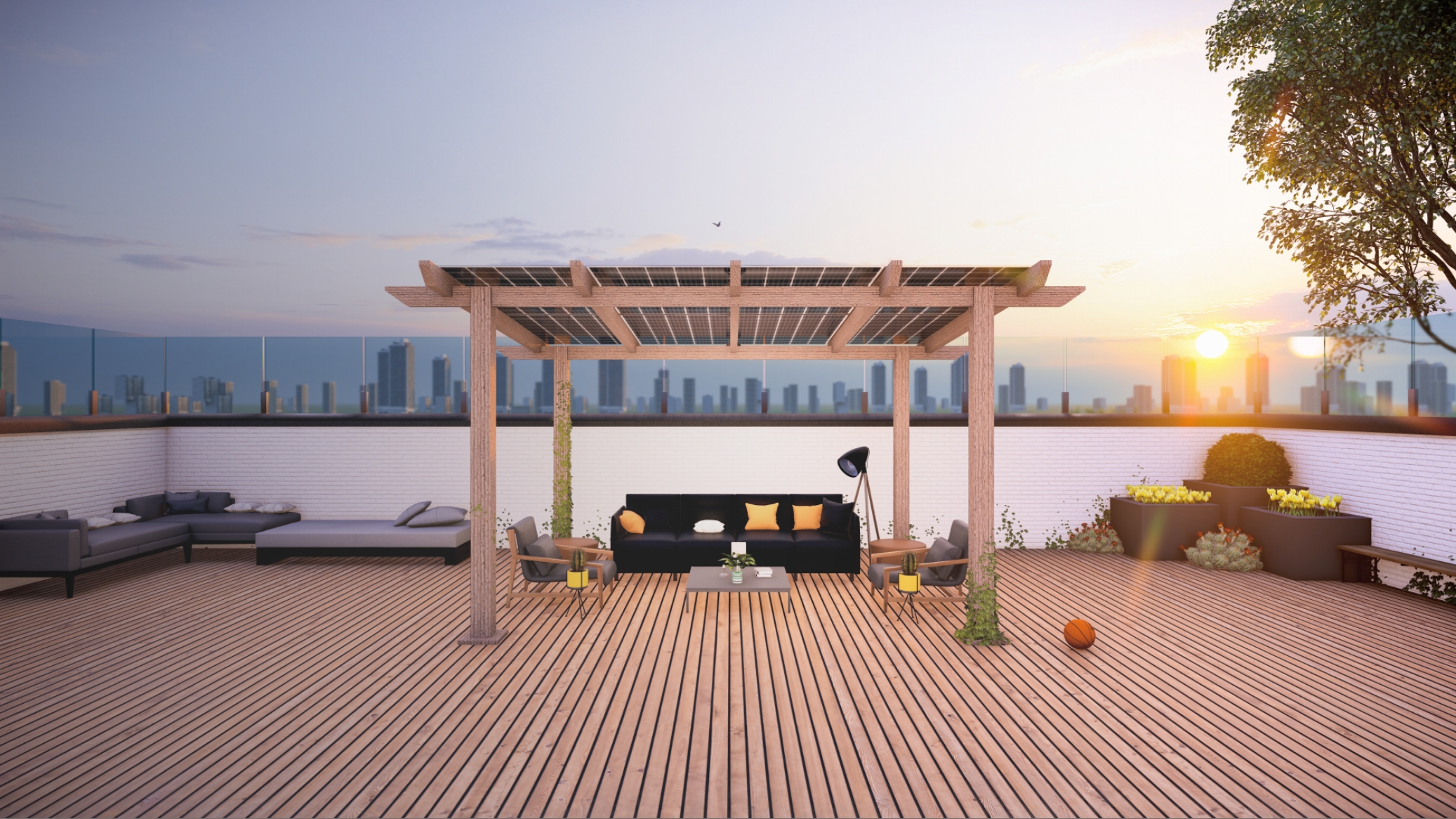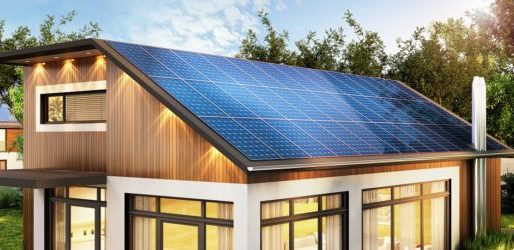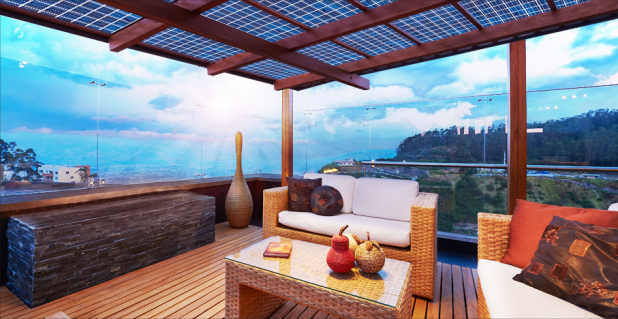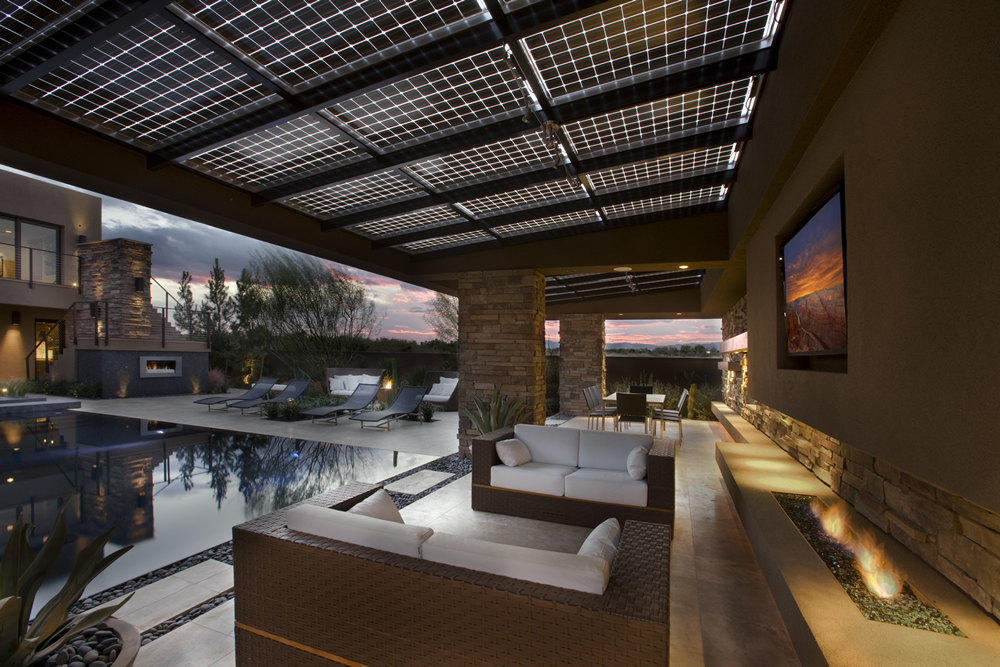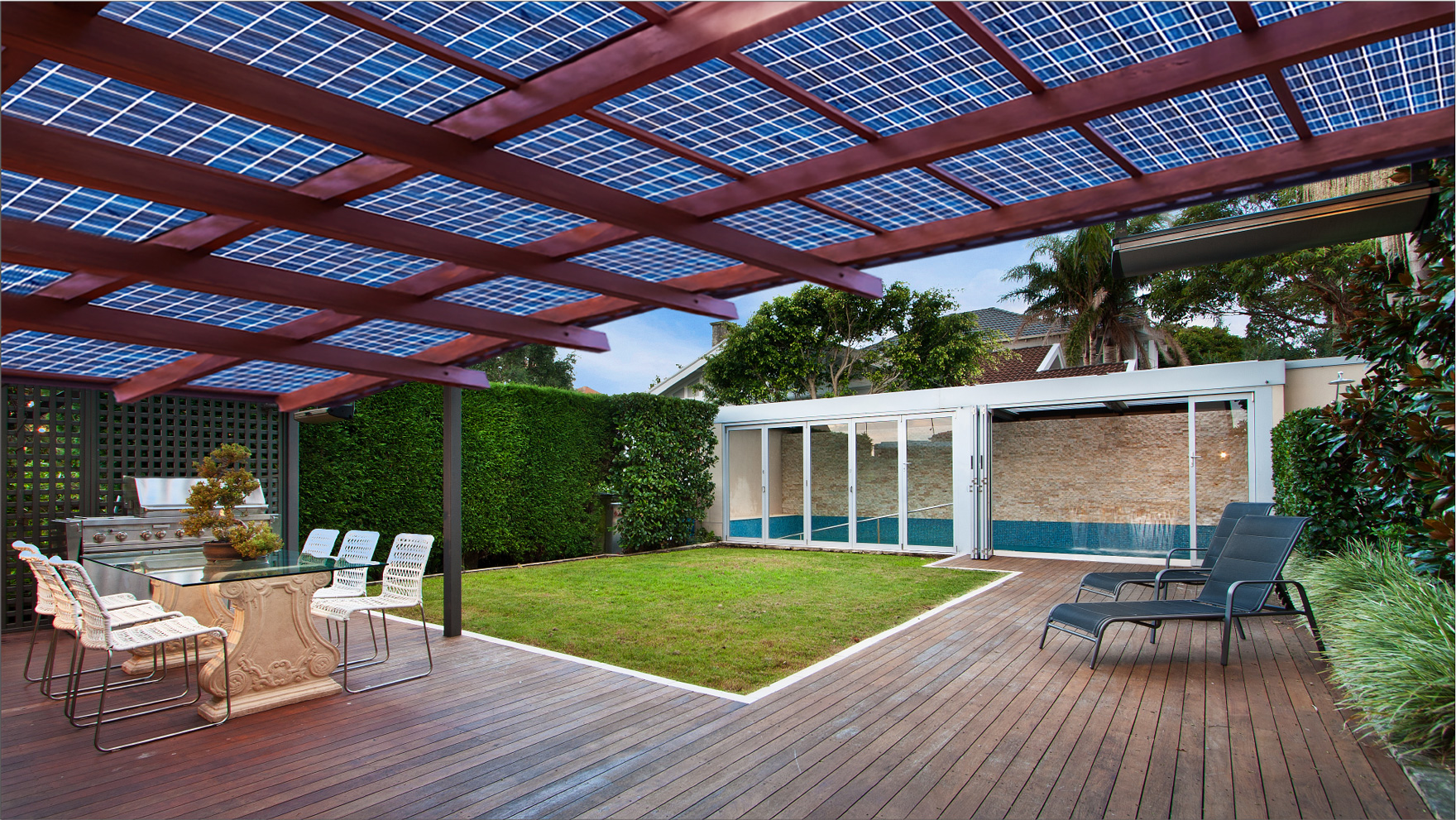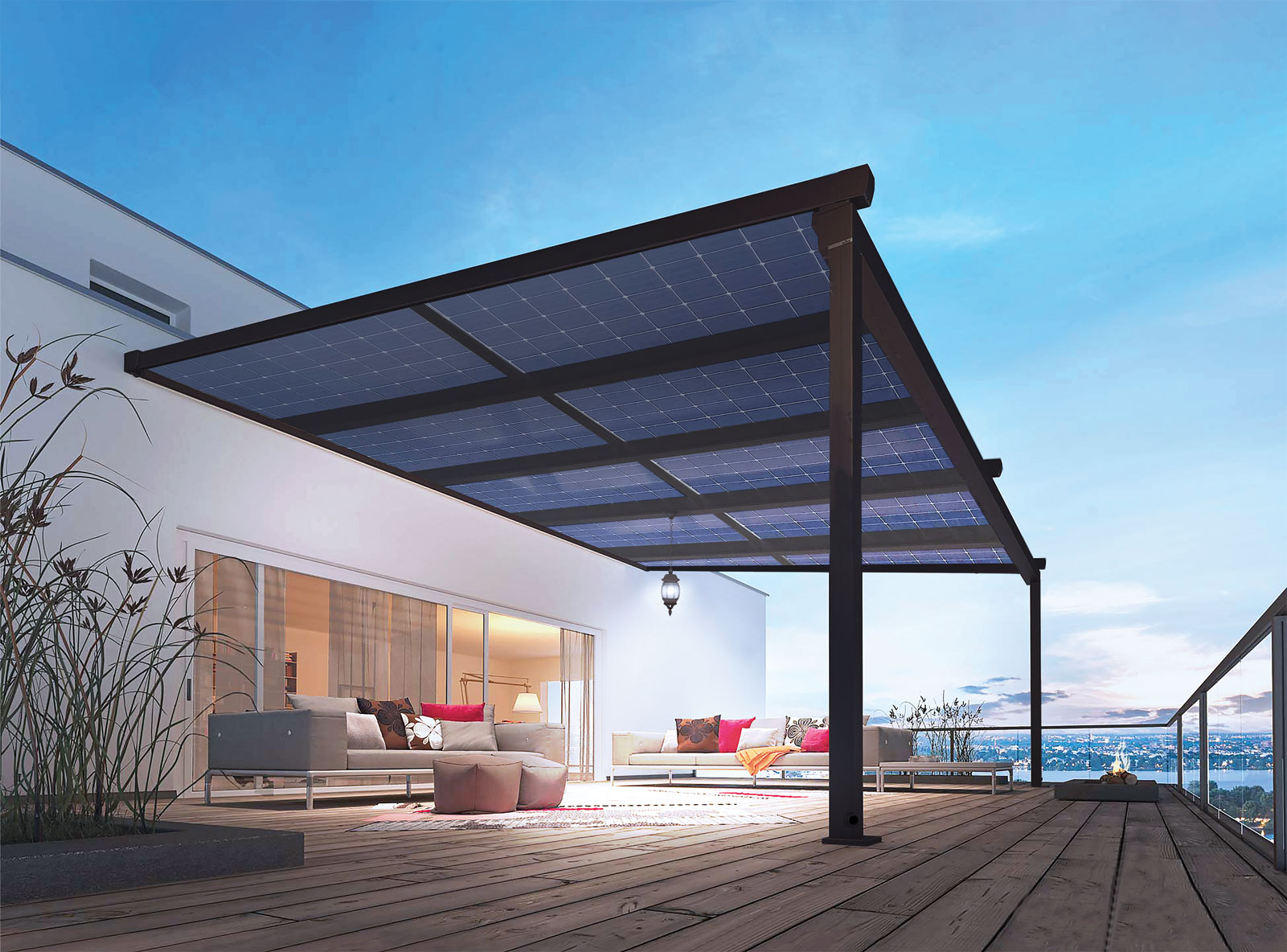Categories
25 January 2021
Personal Guide to install solar at home: Part 4- Proposal and Documentation
To educate people regarding the process of installing solar, we outlined a simple ten-step guide for the typical solar PV [...]
20 January 2021
Personal Guide to Install Solar at Home: Part 3 – Choosing the Solar Installation Company and Site Survey
In the second instalment of our ‘Personal Guide to Installing Solar at Home’ series, we covered the topics of on-grid [...]
13 January 2021
Personal Guide to Install Solar at Home: Part 2 – System Type and Budgeting
In the first instalment of our ‘Personal Guide to Installing Solar at Home’ series, we covered the initial steps needed [...]
12 January 2021
Personal Guide to Install Solar at Home: Part 1 – System Type
Buying and installing a rooftop solar system needs a lot of planning and preparation. And, if you hire a solar [...]
24 November 2020
COVID-19 Safety Practices in Installation of Residential Solar Systems
COVID-19 has changed the process of working in industrial, institutional, government, private and all other sectors. Working remotely is the [...]
10 November 2020
Improve Home Aesthetics using Solar Panels at Home
Having solar panels in the house says a lot about the lifestyle of the residents. It indicates that they are [...]
06 October 2020
10 steps to installing solar on your rooftop
If you have been wondering about installing solar panels, then there’s no better time than now to do so. The [...]
25 August 2020
India has become the Third-largest producer of Solar Energy in the World
With 8.3 GW of solar photovoltaic capacity installed in the year 2018, India has emerged as the third-largest solar energy [...]
28 January 2020
Role of batteries in the Solar Revolution
With rising concerns on climate change, the world is looking for sustainable alternatives to everything, whether it is the choice [...]
23 December 2019
Why would you want to make your home a Solar Home
Our decisions and actions as humans have completely changed the demography of the environment today. Most activities have brought about [...]

